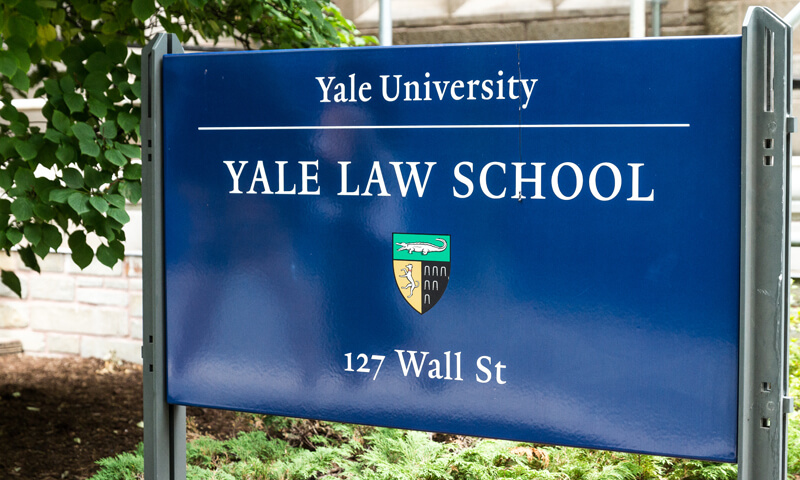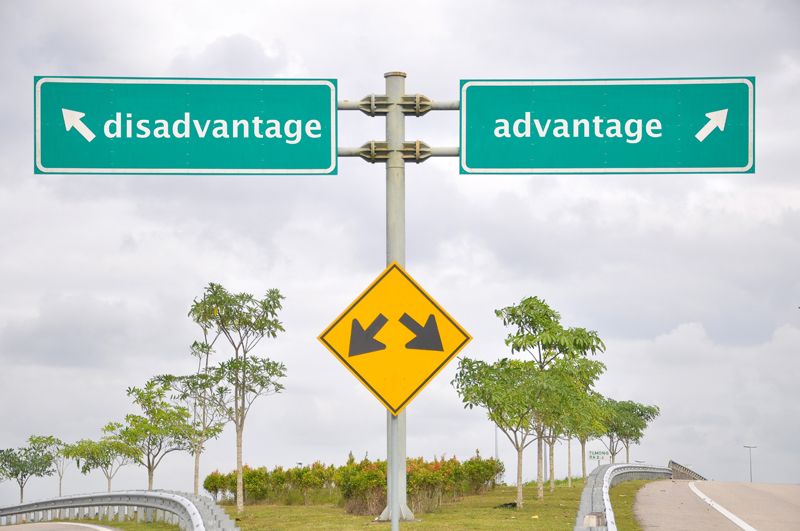
The court asked the lawyer representing the city why the NYPD was wrong in 90 percent of stop-n-frisk cases, and 90 percent of such cases did not lead to arrests or seizure of anything illegal.
However, Brenda Cooke, another city lawyer was skeptic about the analysis of the police stop-n-frisk data covering the years from 2003 to first half of 2012. While the plaintiffs in the matter have alleged that the stop-n-frisk practice of the NYPD was biased, Cooke challenged the data analysis as “biased, flawed and unreliable.”
The New York Civil Liberties Union observed in a statement made in March that the police had made 97, 296 street stops in 2002, but by 2011, the number of such stops went up to 685,724.
While the U.S. Supreme Court has ruled that to justify stop-n-frisk, the police must show “reasonable suspicion” of the commission of a crime, in New York, according to the data before the court, 90 percent of such “reasonable suspicion” by the police turns out to be unreasonable.
However, lawyers representing the city claim that crime rates have gone down due to the stop-n-frisk policy of the police.
In the current lawsuit before the court, Floyd v. City of New York, four individuals from the Afro-American community in New York have challenged the city’s stop-n-frisk policies claiming that they were stopped and frisked by the NYPD without reasonable suspicion. They are representing a citywide class of New Yorkers who were illegally stopped since January 2005.
Gretchen Hoff Varner, a lawyer for David Floyd, Lalit Clarkson, Deon Dennis and David Ourlicht, observed during her closing argument to the court at the nine-week long trial, “The NYPD has laid siege to black and Latino neighborhoods over the past eight years.” She submitted that 85 percent of the 4.3 million people stopped by NYPD since 2005 were either black or Hispanic.






































